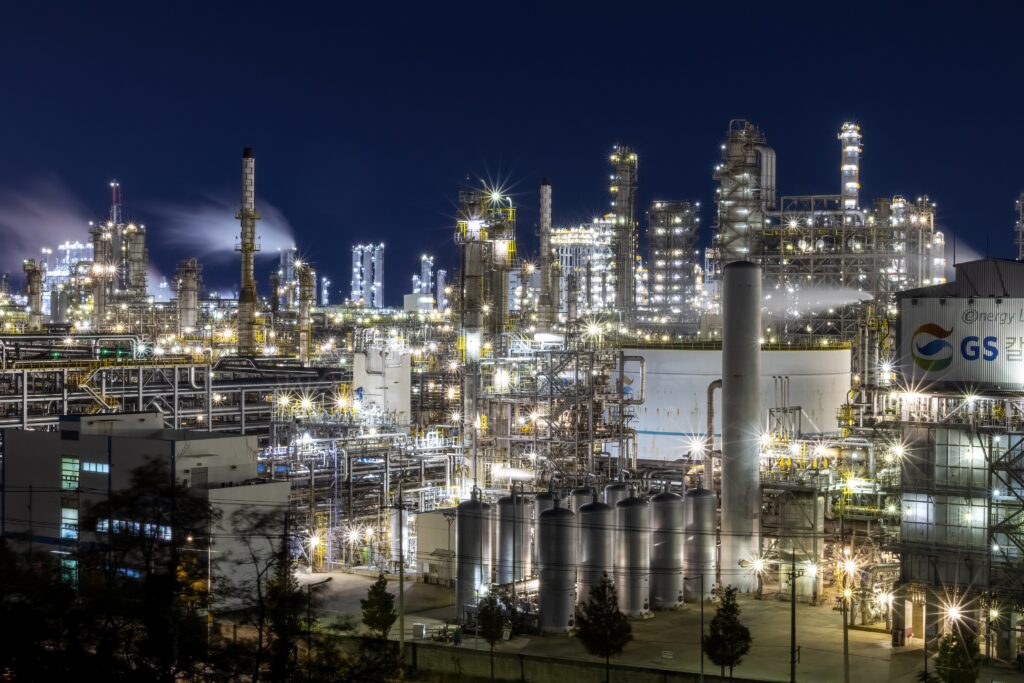The Peninsula
Industrial Policy: Did it work in Korea 50 years ago?

Industrial policy is a set of government interventions that aim to promote the development of specific industries in a country. The goal is to improve the competitiveness of these industries in the global market, increase exports, and stimulate economic growth. However, the effectiveness of such policies has been a subject of debate among economists and policy makers. While some studies have shown positive outcomes, others have argued that they can be counterproductive and lead to inefficiencies.
This topic is of great importance because industrial policy can play a critical role in shaping a country’s economic development. Many countries, particularly in East Asia, have actively used industrial policy to accelerate their economic growth and catch up with more developed nations. For instance, during the East Asian growth miracle period of the 1960s through the 1980s, governments were heavily involved in the economy and selectively nurtured specific industries. The success after these policies has inspired many developing countries to adopt similar strategies to achieve economic growth.
However, there is no consensus on the effectiveness of these policies. Some economists argue that they lead to market distortions and inefficiencies by picking winners and losers, which can hinder innovation and slow down overall growth. On the other hand, supporters of industrial policy argue that it can help overcome market failures and externalities and promote the development of new industries.
I revisited the effectiveness of industrial policy in Korea that started 50 years ago in a recent study, along with Minho Kim and Yongseok Shin. In 1973, the Korean government launched the heavy and chemical industry drive to promote exports. The primary motivation was to emulate Japan’s success in switching from labor-intensive, light industries to heavy and chemical industries and achieving an annual export of 10 billion U.S. dollars. President Park Chung-Hee stated in January 1973 that “the government is announcing the Heavy and Chemical Industry project. To achieve a 10-billion-dollar target of annual exports by the early 1980s, […] the government will accelerate the promotion of HCIs such as steel, shipbuilding and petrochemical industries, and thereby increase their exports.”
The government’s support for the targeted industries in Korea came in various forms, including tax incentives, subsidized long-term loans, and the construction of industrial complexes. The policy represented an abrupt change in the government’s policy direction in 1973, and we utilized a difference-in-differences specification to evaluate the impact of the policy on the targeted industries and regions relative to the non-targeted ones.
The policy had a significant positive impact on the targeted industry-region pairs, with output, input use, and labor productivity growing faster than those of the non-targeted ones. However, the misallocation of resources across firms worsened within the targeted industries/regions, and the allocative efficiency worsened. In other words, concentration increased. Large business groups, known as chaebols, and the cross-subsidization practices of their business units were the main culprits behind this misallocation. As a result, the total factor productivity of targeted industries and regions didn’t increase significantly.
The policy did not last. After the assassination of President Park in 1979, the next regime adopted private sector-led growth as the pillar of their economic policy, as it blamed the economic crisis of 1980 (the first negative growth since the Korean War of 1950-53) on Park’s policies. However, the policy’s impact outlasted the policy itself. The impact on output, input, labor productivity, establishment size, and input-output structure remained nearly intact until 1987. One exception is the degree of misallocation within the targeted industries/regions, which fell significantly with the reversal of the policy after 1979, but nevertheless remained above its pre-policy level. The Korea’s industrial policy successfully increased the size of chosen sectors, but it came at the expense of a rise in concentration within those sectors.
The findings of this study have implications for the current debates on industrial policy in the United States. In recent years, there has been a renewed interest in industrial policy as a tool to promote economic growth and innovation. For instance, negotiations between Biden administration and Congress resulted in bipartisan support for two major bills, the CHIPS and Science Act and the Inflation Reduction Act. Those bills include significant investments in clean energy, broadband, and manufacturing. This plan has been widely seen as an attempt to revive industrial policy in the United States.
However, the effectiveness of such policies remains a subject of debate. The findings of my study suggest that the impact of industrial policy can be complex and multifaceted. While it can lead to significant growth in targeted industries, it can also exacerbate misallocations of resources and distortions in the market. Policymakers need to carefully consider the potential costs and benefits of industrial policy before implementing them. The U.S. government may want to prevent preferential and potentially discriminatory support to mega-firms while allocating subsidies. Given a large amount of government budget that has been allocated to revive the strategically important industries, we should allocate it carefully to the firms and entrepreneurs who can maximize its outcome.
Munseob Lee is an Assistant Professor of Economics and an Associate Director of the Korea-Pacific Program at the UC San Diego School of Global Policy and Strategy. The views expressed here are the author’s alone.
Photo from Shutterstock.
